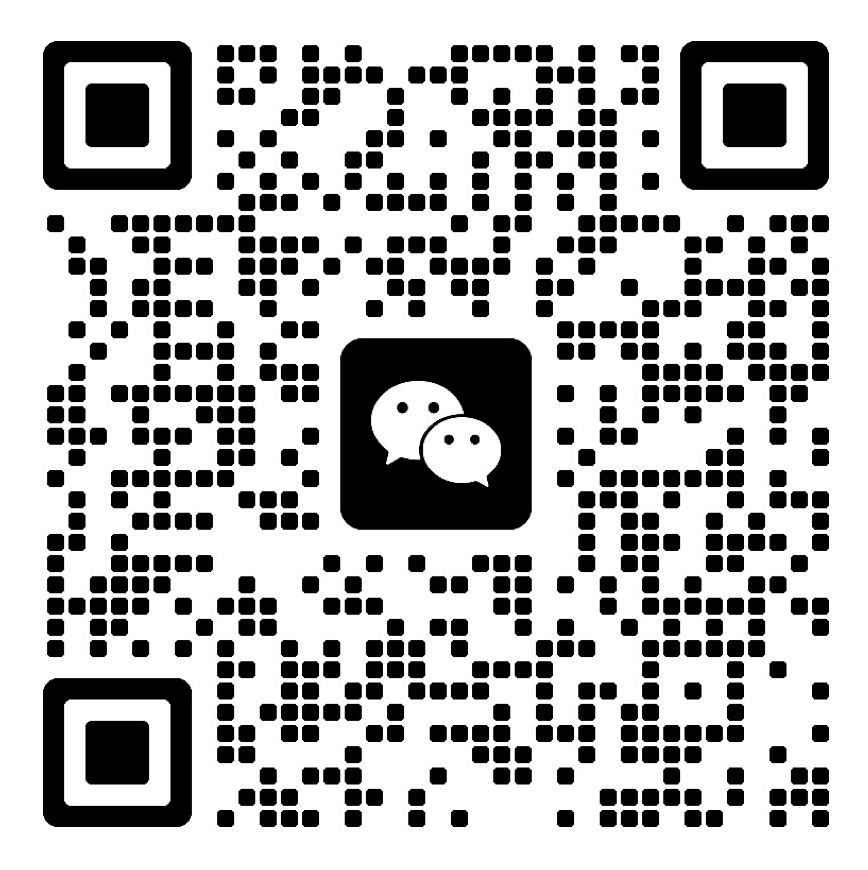
Services
返回Testing Services
Certification Services
- Japanese TELEC certification
- BIS certification
- PSE certification
- JATE certification in Japan
- VCCI Certification in Japan
- IMDA certification
- GCC Certification for Gulf Sev
- Iran COI certification
- Qatar COC Certification
- Iraq COC Certification
- Singapore PSB certification
- Vietnam COC certification
- KUCAS Certification in Kuwait
- KC certification
- EU E-Mark certification
- German GS certification
- REACH certification
- CE-ERP certification
- German TUV-SUD certification
- RED certification
- CE certification in Türkiye
- TSE certification in Türkiye
- Türkiye BTK certification
- European D-MARK certification
- Electrical ENEC certification
- Northern Ireland UKNI logo
- Russian EAC certification
- GOST certification in Russia
- RoHS certification
- ASTM certification
- UL, ETL, CSA, MET, TUV certifi
- FCC Certification in the Unite
- Energy Star
- IC certification
- ul certification
- ETL certification
- CEC certification
- FDA certification
- ASTM certification
- CSA certification
- CPSC Certification in the Unit
- IRAM certification
- Mexico NOM certification
- Ecuador VOC certification
- PVOC certification
- Algeria PCA certification
- Saudi EER Energy Efficiency Ce
- Saudi SABER certification
- Saudi SASO Energy Efficiency C
- Saudi EER Energy Efficiency Ce
- Iraq COC Certification
- Qatar COC Certification
- Iran COI certification
- Qatar COC Certification
- Iran COI certification
- Saudi SABER Certification Gulf
- Saudi SABER certification
- African COC certification
- Kenya PVOC certification
- Nigeria SONCAP certification
- Zimbabwe CBCA Certification
- South African LOA certificatio
- SABS certification in South Af
- Uganda PVOC certification
- Botswana COC Certification
- Zambia COC certification
- COC certification in Burundi
- Ghana COC certification
- Mauritius VOC certification
- Ethiopian VOC and COC certific
- Algeria COC certification
- Gabon COC certification
Register for the record
Systems and Training Services
Laboratory design and construction
Contact Us


National 24-hour service hotline
86+13560405821
Group Headquarters
E-mail: Lymay.zhong@lcs-cert.com
Address: Juji Industrial Park, Xueziwei, Ngabian, Shajing Street, Baoan District, Shenzhen Building A 1~2F, Building C 3F
C-Tick certification
Product range:
A/C-Tick is a certification mark issued by the Australian Communications Authority (ACA) for communications equipment.
Manufacturers and importers must follow the steps below to use A-Tick:
1. The product implements ACAQ technical standard test
2. Register with ACA for A/C-Tick
3. Fill in the "Declaration of Conformity Form" and keep it with the product conformity record
4. Label with A/C-Tick logo on communication products or equipment
5. Sales to consumers A-Tick is only applicable to communication products, electronic products are mostly applied for C-Tick, but if electronic products apply for A-Tick, they do not need to apply for C-Tick.
Since November 2001, the EMI application merger of Australia/New Zealand; If the product is to be sold in these two countries, the following documents must be in place for random inspection by the ACA (Australian Communications Authority) or New Zealand (Ministry of Economic Development) authorities at any time:
1. Test report - It must be issued by NATA or a certification body that is compatible with NATA, such as NVLAP or A2LA accredited laboratories to be valid, otherwise the probability of sample submission is very high.
2. "Application to use the C-tick Mark" Form - Must be signed by an Australian/New Zealand company or importer.
3. "Supplier's Declaration of Conformity" Form - Must be signed by an Australian New Zealand company or importer. It is the responsibility of the responsible signatory manufacturer to ensure that the products sold still comply with EMI regulations.
4. Original design drawings and specifications (e.g. circuit diagrams, block diagrams, User's Manual, Service Manual, etc.).
5. Describe the production inspection procedures at the time of production to ensure that EMI characteristics are maintained.
6. Any changes that affect EMI and necessary test records.
Certification period: 1-2 weeks.
The information of the Australian supplier must be marked next to the C-Tick mark so that the ACA can effectively trace the supplier responsible for the EMC of the product when sampling the product in the market. The identification of information includes four aspects:
1. The registered name and address of the Australian supplier
2.Australian Company Number
3. A number issued by the ACA to an Australian supplier
4. Australian registered trademark used by the product in the Australian market
C-Tick Sequential Label Radiocommunication equipment or special electrical and electronic equipment must comply with the relevant labelling requirements or may not be sold or supplied to Australia The C-Tick is a sequential label that applies to the items covered by the label notice below
Radio Communications (Sequence Labels with Transmission) Notice 1 provides a brief description of EMC-adjusted arrangements
2. Radio Equipment (Sequential Label) Notice No. 1 1996 to show a brief description of the arrangements for the obedience adjustment of radio communications
3. Radio Communications (Sequence Labels-Electromagnetic Emissions) Bulletin 2003 Brief Description of Compliance with EMR Adjustment Arrangement
Under EMC's adjustment arrangement, a sequential label must be placed on the product before it is supplied to Australia. It is also a sequence label for non-radiocommunication products that must comply with electromagnetic emissions (EMR) regulations. For telecom products, EMR is covered by A-Tick sequential labels. The sequential label on the C-Tick must have supplier information that identifies the supplier. This information may take the form of a supplier code issued by the ACA, an Australian company number or other form detailed in the relevant label notice. More information on the use of the C-Tick mark can be found on the ACA website.
Australia's EMC system divides products into three levels, and suppliers must register with the ACA and apply for the use of the C-Tick mark before selling Level 2 and Level 3 products.
Level 1 products refer to products with low interference radiation for equipment using the wireless spectrum, such as manual switches, simple relays, unidirectional squirrel cage inductive motors, resistors, etc. For Level 1 products, suppliers must sign a declaration of conformity and provide a product description. Level 1 products can voluntarily apply for the C-Tick mark, but after the supplier chooses to use the mark, it must provide a declaration of conformity and a product description along with a record of conformity to prove that the product described in the declaration has complied with the relevant EMC standards. The test site is not required and internal testing is allowed.
Level 2 products refer to products with high interference radiation for equipment using the wireless spectrum, such as switching power supplies, welding machines, dimmers, and most household appliances. In addition to signing a declaration of conformity and providing a product description, suppliers must also provide test reports according to relevant standards, and if there are no relevant standards, technical structure documents need to be provided, and the test site is not required, allowing internal testing.
Level 11 products refer to products with extremely high interference radiation to devices using the wireless spectrum, that is, products covered by CISPR22 and CISPR2003. At present, communication terminal products are still included in this scope, but from November 11, 7, terminal products will be classified as Level <> products. In addition to signing a declaration of conformity and providing a product description, suppliers must also provide test reports issued by accredited testing institutions. At the same time, a quality management system certificate issued by the QSM certification body must also be issued.
Large-scale experimental base
Professional Lab
Analysis Method
Testing/year




 WeChat Inquiry
WeChat Inquiry
